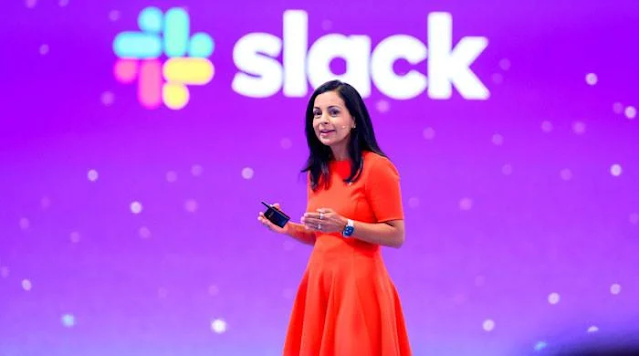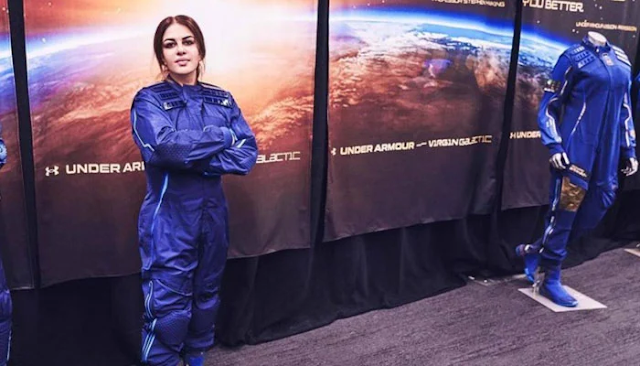ChatGPT Becomes Even Smarter with Voice and Image Features
Artificial Intelligence has made significant strides in recent years, and OpenAI's ChatGPT is a shining example of this progress. Initially designed as a text-based conversational AI, ChatGPT has undergone a remarkable transformation by integrating voice and image features, elevating its capabilities to new heights. This development marks a significant leap forward in the field of AI, promising enhanced interactions and a more comprehensive understanding of user needs. In this article, we'll explore how ChatGPT's integration of voice and image features has ushered in a new era of AI-powered communication and problem-solving.
Understanding ChatGPT's Journey:
ChatGPT has come a long way since its inception. Initially, it was a text-based AI model that could engage in conversations and generate human-like responses. However, it had limitations, including occasional nonsensical answers and sensitivity to input phrasing. OpenAI recognized these issues and embarked on a journey to make ChatGPT more sophisticated and useful.
Voice Feature Integration:
One of the most significant upgrades to ChatGPT is the integration of voice recognition and synthesis capabilities. This allows users to interact with the AI not only through text but also through spoken language. The AI can now comprehend and respond to voice commands and queries, making it more versatile and accessible.
The implications of this integration are vast. Users can engage in natural, spoken conversations with ChatGPT, opening up a world of possibilities. This feature is especially beneficial for individuals with disabilities, as it enables them to use AI-powered tools more effectively. Moreover, it enhances ChatGPT's utility in various industries, such as customer service, where voice interactions are common.
Image Feature Integration:
Another game-changing upgrade is the incorporation of image recognition and processing capabilities. ChatGPT can now analyze images and generate textual descriptions or answer questions about them. This functionality extends ChatGPT's scope beyond text-based inputs and allows it to interact with the visual world.
The integration of image features has far-reaching applications. In the medical field, ChatGPT can assist doctors by analyzing medical images and providing insights. In the automotive industry, it can help in the development of self-driving cars by identifying and responding to visual cues. In education, it can aid students in understanding complex visual concepts by providing detailed explanations. The possibilities are limitless.
Enhanced Understanding and Contextual Awareness:
These upgrades have not only expanded ChatGPT's capabilities but also improved its understanding of context. The AI can now integrate information from text, voice, and images to provide more accurate and contextually relevant responses. This means that ChatGPT can engage in multi-modal conversations, seamlessly transitioning between text, voice, and image inputs as needed.
For example, if a user asks ChatGPT about a historical monument, they can provide an image of the monument, ask questions about its history using voice commands, and receive comprehensive responses that incorporate both visual and textual information. This level of contextual awareness is a significant step forward in creating a more natural and intuitive interaction with AI.
Challenges and Ethical Considerations:
While the integration of voice and image features into ChatGPT represents a remarkable achievement, it also raises important challenges and ethical considerations. Ensuring the AI respects user privacy and handles sensitive data appropriately is of paramount importance. Additionally, addressing issues of bias in image recognition and voice processing algorithms is crucial to prevent unfair or harmful outcomes.
OpenAI is taking steps to mitigate these issues, but the real test will come when this upgraded ChatGPT enters the real world. Continuous monitoring, feedback, and transparency in AI development will be essential to ensure that these technologies are used responsibly and ethically.
The integration of voice and image features into ChatGPT represents a significant milestone in the evolution of conversational AI. It enhances the AI's versatility, making it accessible to a broader range of users and expanding its utility across various domains. The ability to understand and process voice and image inputs allows ChatGPT to offer more contextually relevant and comprehensive responses, ushering in a new era of AI-powered communication and problem-solving.
As with any technological advancement, there are challenges and ethical considerations that must be addressed, but OpenAI's commitment to responsible AI development is a promising sign. With continuous improvements and responsible usage, ChatGPT's journey towards becoming even smarter with voice and image features is poised to benefit society in numerous ways, revolutionizing the way we interact with AI.



Comments
Post a Comment